The nearly 200-year-old stilt house in Mit area, Yen Lap town has been preserved and maintained by the locals until today.
Coming to Kim Thuong commune, Tan Son district, we visited the stilt house of Ms. Dinh Thi Hien's family in Chieng 2 area. The house was built in 1994 mainly of wood, with a roof thatched with palm leaves and a floor made of bamboo trunks, located on the hillside and is one of the oldest and most solid stilt houses in the area. While pouring a cup of guava leaf tea to invite guests, Ms. Hien shared: "All activities of our 3-generation family of 6 members still take place every day in this stilt house of more than 70 square meters . Although many families in the area have replaced their traditional stilt houses with tiled roof houses, my family still wants to keep this stilt house because it is the property of our ancestors. The whole family loves the airy, cool space of the house, it is suitable for the mountainous climate and creates a feeling of closeness when the whole family gathers around the fire every night."
Stilt houses are often built in the center of the residential land, facing open spaces such as fields, rivers and streams, preferably facing South or Southeast to ensure coolness and good feng shui, bringing harmony and prosperity to the family. The structure of traditional stilt houses uses natural materials such as bamboo, reed, wood, and cogon grass. The house frame parts do not use mortise and tenon joints but are carved into notches, taking advantage of gravity to connect. The floor is made of ivory bamboo or bương, creating a cool feeling in the summer. The stilt house is not only a living space, but also a spiritual space. The "cho" column - the sacred column near the stairs is where the ancestral altar is placed, livestock cannot be tied. The first room (the root room) is reserved for men and important guests, the third room is the kitchen and living area for women, and the fourth room is for storing utensils. The fire-lighting ceremony when building a new house, with rituals such as tying banana leaves in the shape of a fish or placing green squash, represents the deep beliefs of the Muong people.
The Muong people's stilt houses in Tan Son are built of wood and have roofs thatched with palm leaves, cool in the summer and warm in the winter.
The development of modern society is putting Muong stilt houses at risk of disappearing. Since 2000, traditional materials such as wood and cogon grass have become increasingly scarce and expensive, leading to a shift to reinforced concrete stilt houses, tiled floors, and roofs covered with tiles or corrugated iron. In areas near national highways and towns, traditional stilt houses seem to have been replaced by solid houses. Particularly in Yen Lap district, clusters of stilt houses in the communes of Phuc Khanh, Trung Son, and Mit area (town) are gradually shrinking, with only a few remaining as heritage.
In order to preserve Muong stilt houses, in recent times, Tan Son, Yen Lap, Thanh Thuy districts... have promoted the development of community tourism associated with the preservation of cultural heritage, including stilt houses. Some localities such as Phuc Khanh commune (Yen Lap district), Xuan Son commune (Tan Son district), Tu Vu commune (Thanh Thuy district)... have built an experiential tourism model, where visitors can stay in homestays in stilt houses, participate in fire-lighting ceremonies, learn to make bamboo rice, or enjoy gongs. These activities not only generate income but also encourage people to preserve stilt houses as a cultural asset. Along with that, improving construction techniques, such as using iron nails, anti-termite paint, or placing columns on rocks will help stilt houses be more durable while still retaining their inherent traditional features. Local authorities also encourage separating the kitchen into separate houses or building corridors around stilt houses, both increasing convenience and preserving the main structure. Traditional festivals: New Rice Celebration, Vi singing, gong performances are held regularly next to stilt houses and will also create opportunities for the younger generation to approach and love Muong culture more.
By combining conservation with tourism development, Phu Tho not only preserves its precious heritage but also brings Muong culture far and wide, contributing to affirming the position of the Ancestral Land in the hearts of domestic and foreign tourists.
Hong Nhung
Source: https://baophutho.vn/bao-ton-nha-san-nguoi-muong-234445.htm


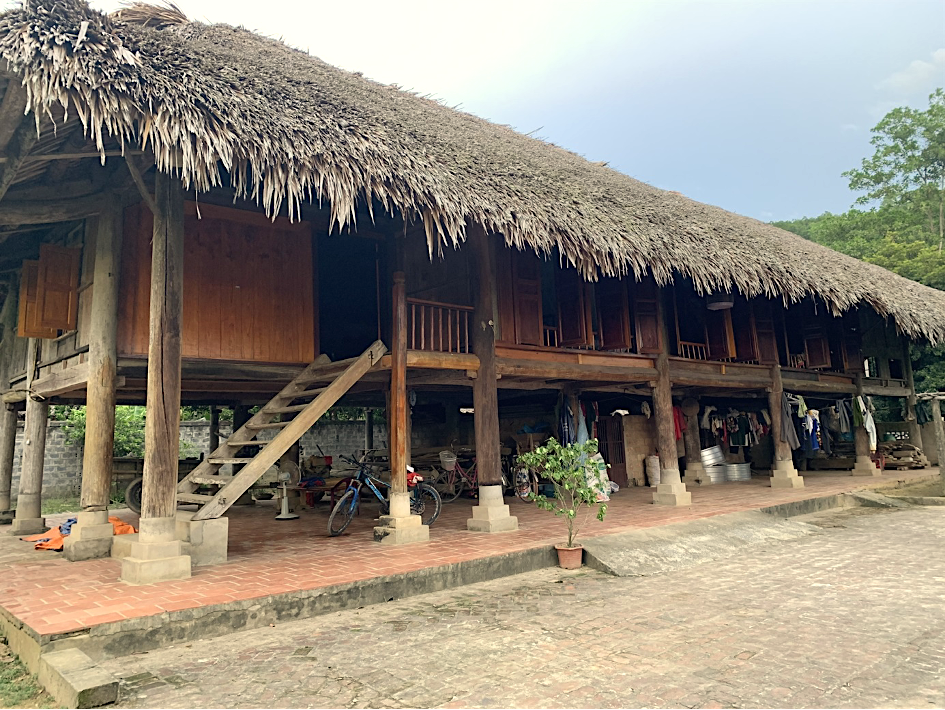
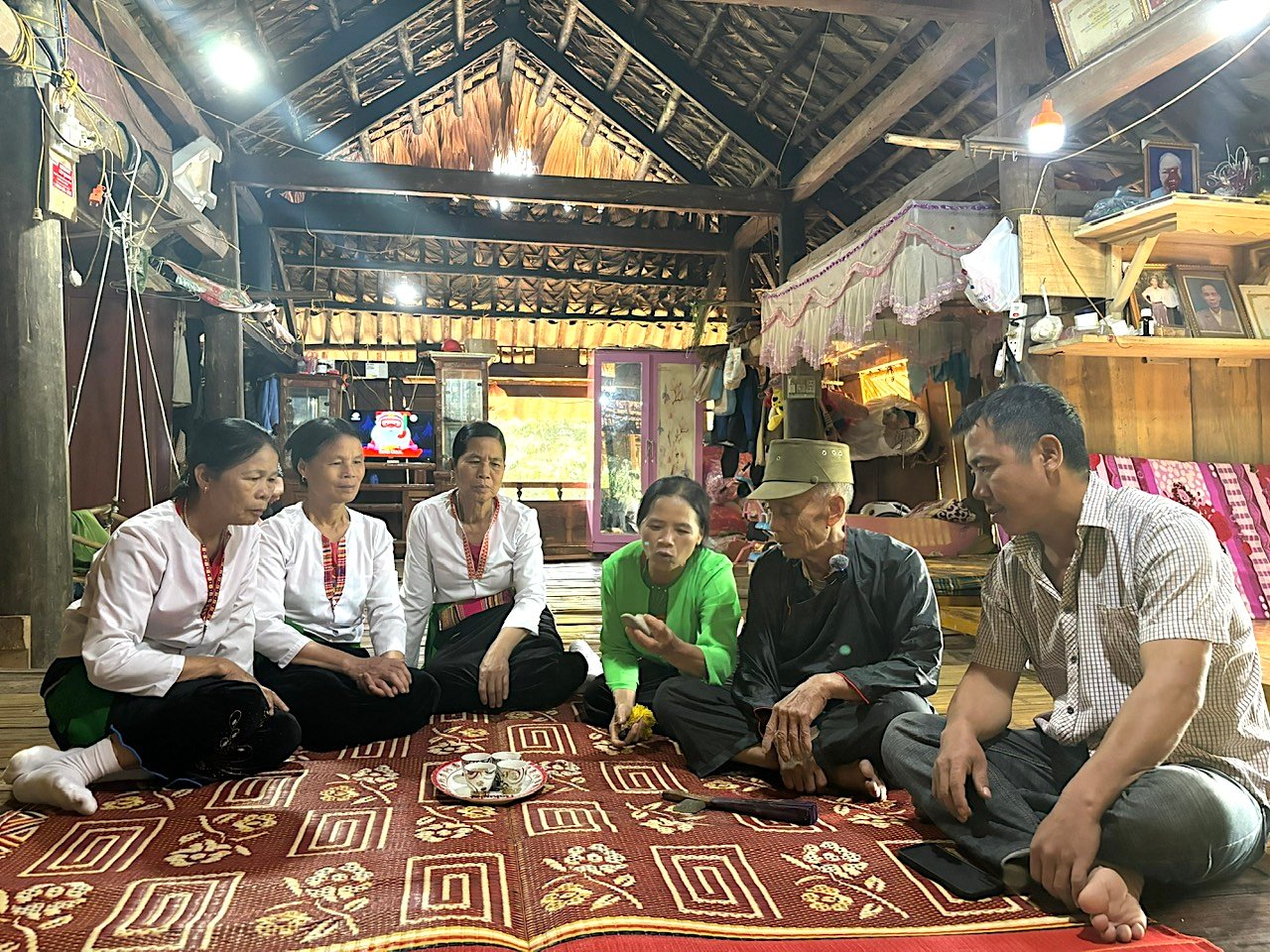





![[Photo] General Secretary To Lam chairs the 14th Central Military Commission Conference](https://vphoto.vietnam.vn/thumb/1200x675/vietnam/resource/IMAGE/2025/6/20/a9d25fc6dd664fb9a3757502f32e5db0)
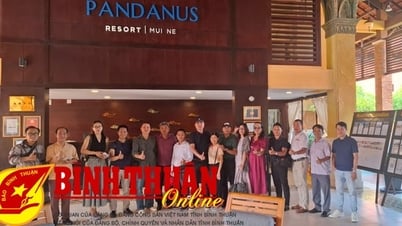







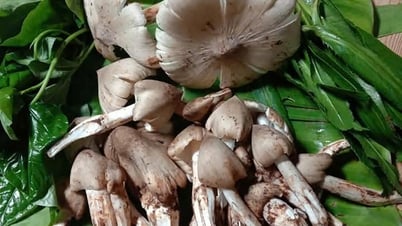

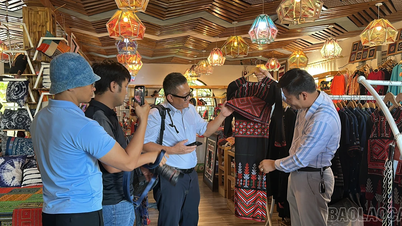






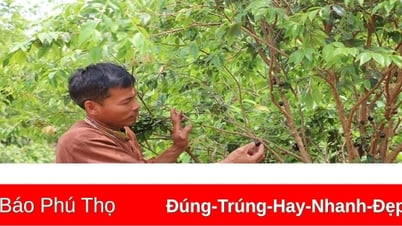


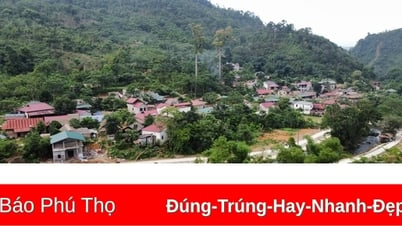





























![[Maritime News] Wan Hai Lines invests $150 million to buy 48,000 containers](https://vphoto.vietnam.vn/thumb/402x226/vietnam/resource/IMAGE/2025/6/20/c945a62aff624b4bb5c25e67e9bcc1cb)





















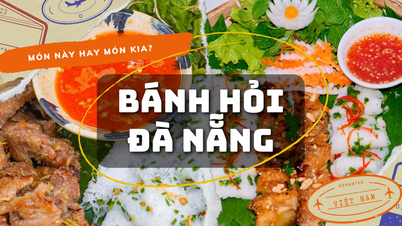
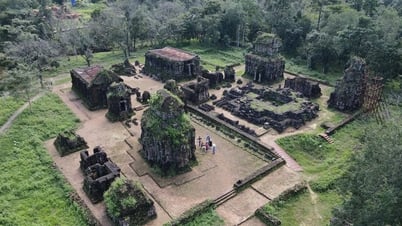


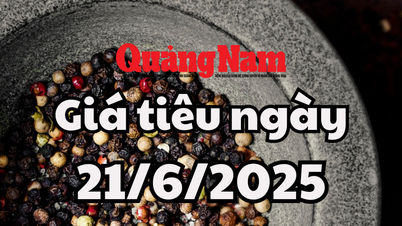
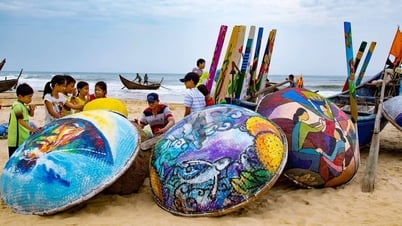












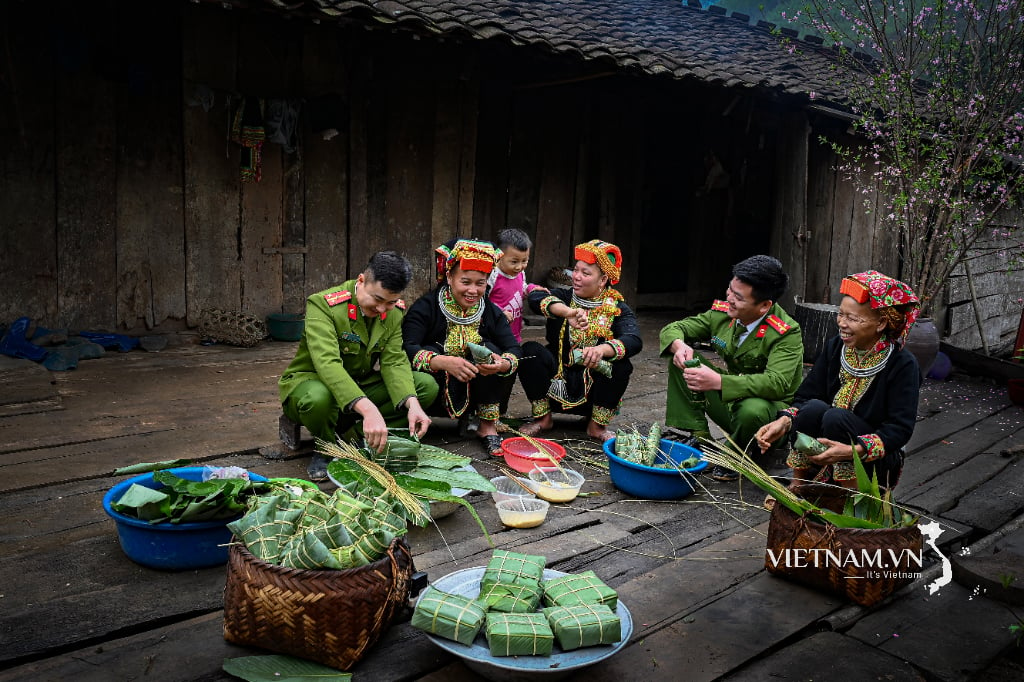
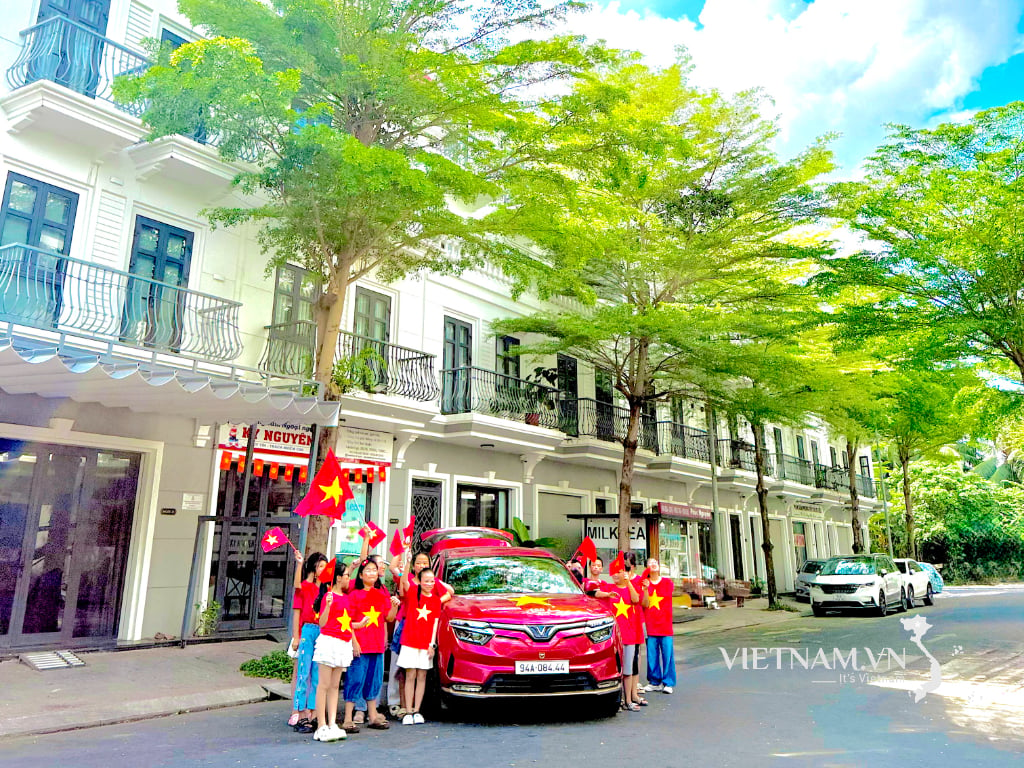
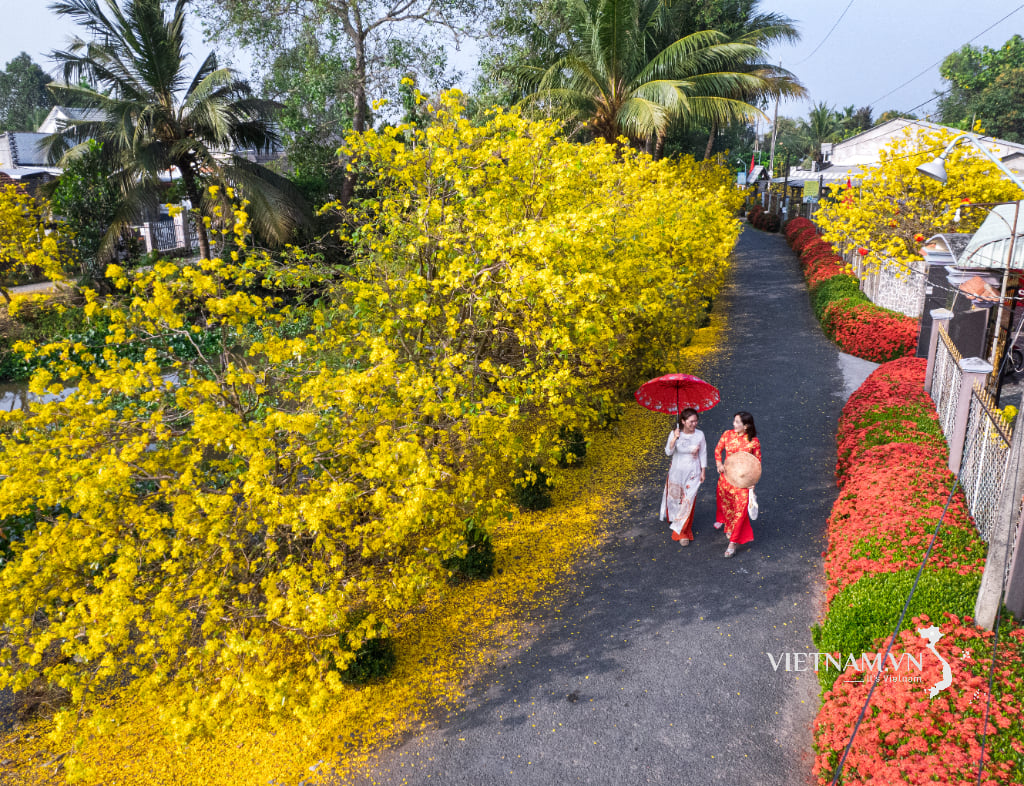
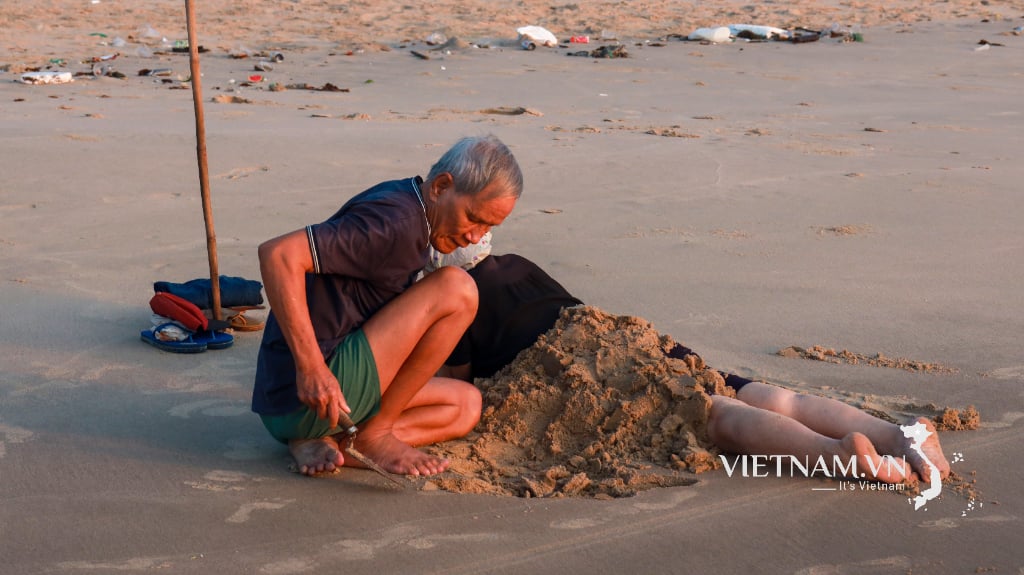
Comment (0)